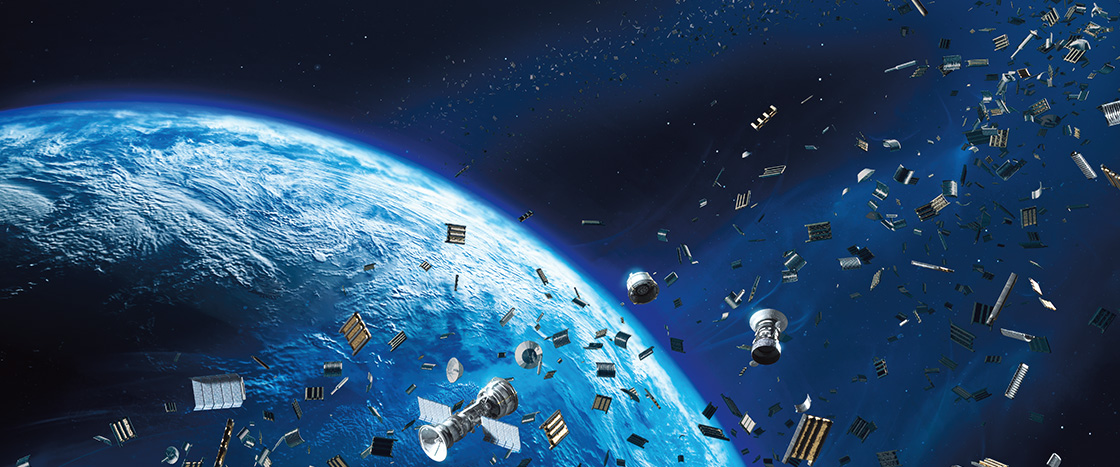NASA via AP Images
This piece of metal fell from an object in space and landed in a home in Florida.
Last March, Alejandro Otero found a surprise in his Florida home. A metal scrap the size of a cell phone had crashed through his roof! It came from the International Space Station. That’s a lab that orbits, or circles, Earth. After a section was released, this piece broke off.
The metal scrap is one of millions of pieces of junk traveling around Earth. They range from rocket parts to specks of paint. In space, the objects can travel up to 9 miles per second! When they smash together, they can break into many pieces. That junk can damage satellites, spacecraft that collect data and help communication on Earth. It also clutters paths for space missions.
Scientists say it may take many years for all those objects to fall out of orbit, and we’re still launching more. As small pieces enter the atmosphere, the layer of gases surrounding the planet, they burn up. But bigger pieces can stay intact and smash into buildings on Earth!
Scientists use technology called radar to track space junk and try to prevent accidents. They also work with companies and governments to limit new junk and find safe ways to return spacecraft to Earth, rather than letting them fall apart in space. “Even though humans are launching more satellites, if we work together this can be managed,” says Rob Margetta, who works at NASA.

